Kalanchoe Thyrsifolia Tissue Culture
$7.74
Kalanchoe Thyrsifolia (also called Kalanchoe or Chinese Lilac) is a common indoor plant. This is a slow-growing flowering plant that comes in many different colours. It is a woody plant and blooms mainly in the late summer through fall. The blooms are long and have multiple heads. The flowers look like tiny daisies. Because it blooms during the hot summer, this plant is often used as an air purifier.
Out of stock
SKU: KAATHY800105T
Category: Tissue culture
Kalanchoe Thyrsifolia Uses:-
- Most people who grow their own kalanchoe use fresh leaves and keep them in a refrigerator. Many Asian cultures also like to include fresh Kalanchoe in their cuisine. Because of the bitter taste of the Kalanchoe, it is often added as an ingredient in sweet dishes like ice cream, custards, and cakes. However, the bitter taste of kalanchoe should be softened by some sweetener, such as sugar or honey.
- Kalanchoe Thyrsifolia grows best when it is sprayed with fertilizer at about one inch deep. Allow it to bloom for two to three days after the spraying, then pick and clean all the leaves thoroughly. The leaves should be rinsed several times with cool water. They will need to be kept dry until the next day when you can apply another dose of fertilizer. This application should be done every two to four weeks during the growing season.
- Because the leaves of Kalanchoe Thyrsifolia do not have sapped, they are considered safe to eat. However, if you do eat the leafy greens, make sure that you wash them well before eating them. Even though they are considered safe to eat, it is still best to rinse them well and remove any residue that may remain. The leaves should also be avoided by those with acid reflux, gastritis, or heartburn. It is also best to avoid the potent tea made from the leaves as the powerful tea can cause diarrhoea in some individuals.
- In addition to being a tasty culinary plant, the Kalanchoe Thyrsifolia flowers can be used for floral arrangements or other floral arrangements and decorating purposes. The flowers are available in several colours and each variety will dye the surrounding area in its respective colour. The red varieties will dye the surrounding area purple, while the white flowers will produce a white powder that can be used as a decorating medium. These plants are very easy to care for and can grow up to four feet tall.
Kalanchoe Thyrsifolia Health benefits:-
- The plant grows wild across much of China, India, and Alaska. Kalanchoe is highly revered for its many health-giving qualities. This is the reason it is used in Chinese medicine and is now becoming popular as a natural remedy in the western world as well. In this article, we’ll examine some of the many ways it can benefit your body.
- If you’ve ever read any of my articles before, I’m sure you’ve gleaned a lot of information about its healing properties. Specifically, you may have found out that it helps to improve cardiovascular health, and circulation, as well as easing asthma and allergies. As an antioxidant, it scavenges free radicals that cause ageing, heart disease, cancer, and dementia.
- One of the most common questions about the health benefits of kalanchoe (commonly called Chinese Kalanchoe) is what it’s used for. For centuries, the Chinese have used the leaves to treat numerous ailments, particularly fevers, ulcers, tumours, rheumatism, and impotence. As a powerful antiseptic, it is effective for healing cuts, scrapes, and burns. Kalanchoe Thysifolia also benefits those with rheumatoid arthritis by reducing pain and inflammation. It is said to increase the body’s ability to heal itself as well as speed up the healing process.
- One of the most beneficial properties of the leaves of Kalanchoe (known as Chinese Kalanchoe or Land Kalanchoe) is its ability to improve overall mental health. The herb has been known to stimulate and improve the brain’s chemical functions, including improved nerve transmission. In fact, many of the studies on this subject have shown that it can reduce the signs of Alzheimer’s disease in humans. Because of this unique ability, the kalanchoe plant has become popular, and highly recommended, natural treatment for the mentally-challenged.
- As you can see, the uses of this special, little-known plant are many. You can use it for cooking, for medicinal purposes, and even for culinary enhancement. You may also want to try making some tea from the Kalanchoe leaves. Because of the many health benefits of kalanchoe, it should be considered as herbal tea.
- When buying your kalanchoe Thysifolia product, make sure that it contains all the necessary ingredients such as enzymes, vitamins, minerals, and other nutrients needed for optimal health. Before you buy, do a little research. Learn about what all the kalanchoe herbs and tea have to offer. There are so many benefits of kalanchoe; you should definitely learn more about it.
Kalanchoe Thyrsifolia Properties:-
- Growing a Kalanchoe Thyrsifolia is fairly easy. If you grow it in well-drained, rich soil it will do very well. Other plants may have more difficult times because of the location of the root systems. You don’t want the roots to rot or take over your lawn. They also don’t like to be planted in acidic soil. If you don’t like having weeds in your flower beds, you should try this plant.
- People who have allergies to ragweed, grasses, weeds, moths, and dust mites tend to have problems with this plant. The reason is that it contains a herb called rhamnoside. If your pets or children have an allergy to ragweed, they will also have an allergy to this herb. If you do not have problems with your family or pets, this could be an excellent choice for a decorative pot.
- One of the interesting uses of Kalanchoe Thyrsifolia is for diabetics. The herb seems to be effective at suppressing one’s thirst when one is fasting. Besides, this plant has been shown to suppress one’s appetite. This plant has been used by Native Americans for diabetic ulcers. They would boil it into a tea and drink it during a period of diabetics and illness.
- Many researchers are also researching on the effects of this herbal plant on the prostate. It seems that it can be helpful with benign prostatic hyperplasia and prostate cancer. This plant has also been shown to help the immune system in fighting infection. It is very bitter, so if you cannot tolerate bitterness, then you may want to chew a piece of kalanchoe before drinking.
- The Kalanchoe Thyrsifolia is also being researched on for its use as a treatment for diarrhoea. It has been used for years in Asian cultures to treat ulcerative colitis and irritable bowel syndrome. It has also been used in Japan for arthritis. In addition to being used to treat intestinal ailments, it is also used to control diarrhoea and prevent constipation. It may have a role in treating chronic liver disease and arthritis as well.
- This herb can be grown in most regions, but you can find it better cultivated near the coast of Thailand. It is an ideal plant for people who live in a tropical climate because it does not grow too well in the colder climates. It is often grown under the bark of a tree, but you can also purchase Kalanchoe Thyrsifolia seed and grow it yourself. In either case, the directions on the seed packet must be followed closely.
Be the first to review “Kalanchoe Thyrsifolia Tissue Culture” Cancel reply
Related products
Tissue culture
$9.33
Tissue culture
$9.33
Tissue culture
$7.53
Tissue culture
$4.50
Tissue culture
$7.74
Tissue culture
$6.87
Tissue culture
$4.77
Tissue culture
$9.33

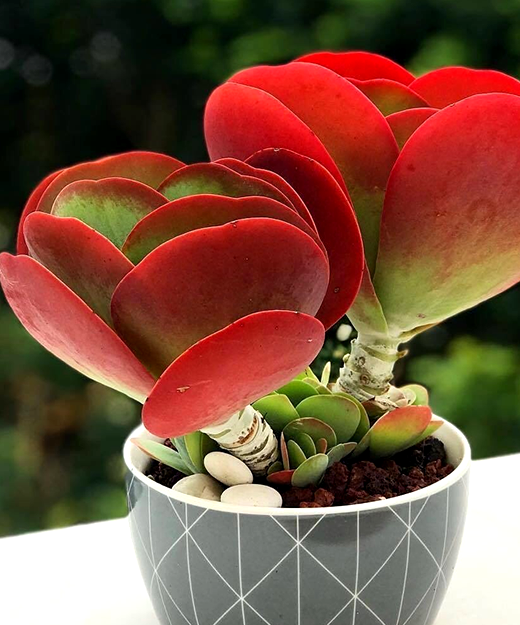


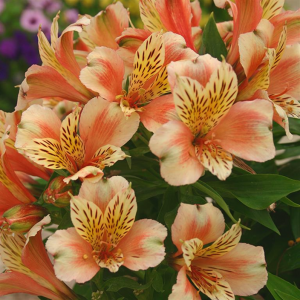
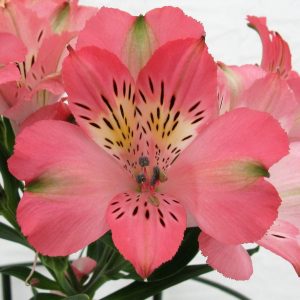
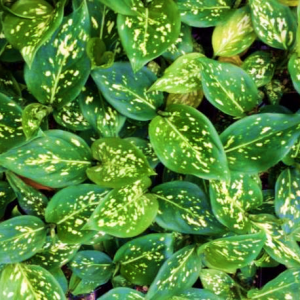

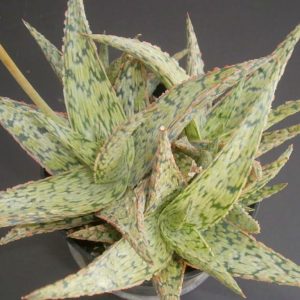
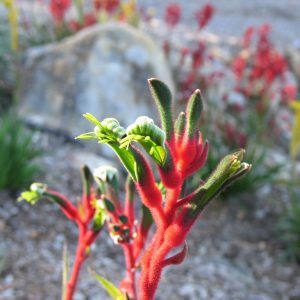
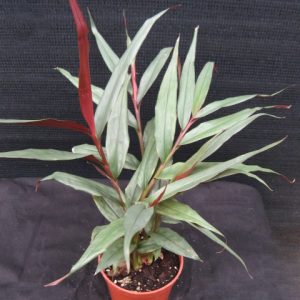
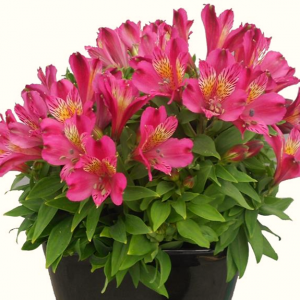
Reviews
There are no reviews yet.